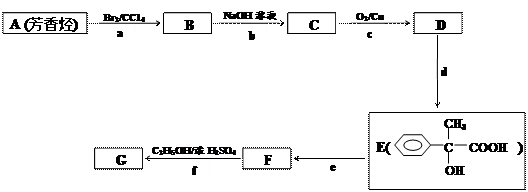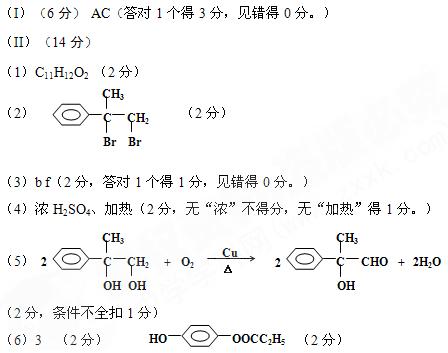阅读理解。
Since the 1970s, scientists have been searching for ways to link the brain with computers.
Brain-computer interface (界面) (BCI) technology could help people with disabilities send
commands to machines.
Recently, two researchers, Jose Milan and Michele Tavella from the Federal Polytechnic school
in Lausanne, Switzerland, demonstrated(展示)a small robotic wheelchair directed by a person's
thoughts.
In the laboratory, Tavella operated the wheelchair just by thinking about moving his left or right
hand. He could even talk as he watched the vehicle and guided it with his thoughts.
"Our brain has billions of nerve cells. These send signals through the spinal cord(脊髓)to the
muscles to give us the ability to move. But spinal cord injuries or other conditions can prevent these
weak electrical signals from reaching the muscles," Tavella says. "Our system allows disabled people
to communicate with external world and also to control devices."
The researchers designed a special cap for the user. This head cover picks up the signals from the
scalp(头皮) and sends them to a computer. The computer interprets the signals and commands the
motorized wheelchair. The wheelchair also has two cameras that identify objects in its path. They
help the computer react to commands from the brain.
Prof. Milan, the team leader, says scientists keep improving the computer software that interprets
brain signals and turns them into simple commands. "The practical possibilities that BCI technology
offers to disabled people can be grouped in two categories: communication, and controlling devices.
One example is this wheelchair."
He says his team has set two goals. One is testing with real patients, so as to prove that this is a
technology they can benefit from. And the other is to guarantee that they can use the technology over
long periods of time.
1. BCI is a technology that can _________________.
A. help to update computer systems
B. link the human brain with computers
C. help the disabled to recover
D. control a person's thoughts
2. How did Tavella operate the wheelchair in the laboratory?
A. By controlling his muscles.
B. By talking to the machine.
C. By moving his hand.
D. By using his mind.
3. Which of the following shows the path of the signals described in Paragraph 5?
A. scalp→computer→cap→wheelchair
B. computer→cap→scalp→wheelchair
C. scalp→cap→computer→wheelchair
D. cap→computer→scalp→wheelchair
4. The team will test with real patients to .
A. make profits from them
B. prove the technology useful to them
C. make them live longer
D. learn about their physical condition
5. Which of the following would be the best title for the text?
A. Switzerland, the BCI Research Center
B. New Findings About How the Human Brain Works
C. BCI Could Mean More Freedom for the Disabled
D. Robotic Vehicles Could Help to Cure Brain Injuries

 已知某有机物发生臭氧氧化还原水解反应后的产物为 CH3COCH2
已知某有机物发生臭氧氧化还原水解反应后的产物为 CH3COCH2 CHO,则该有机物可能是 。
CHO,则该有机物可能是 。

 种,其中苯环上的一氯代物有两种同分异构体的是 (填结构简式)。
种,其中苯环上的一氯代物有两种同分异构体的是 (填结构简式)。
